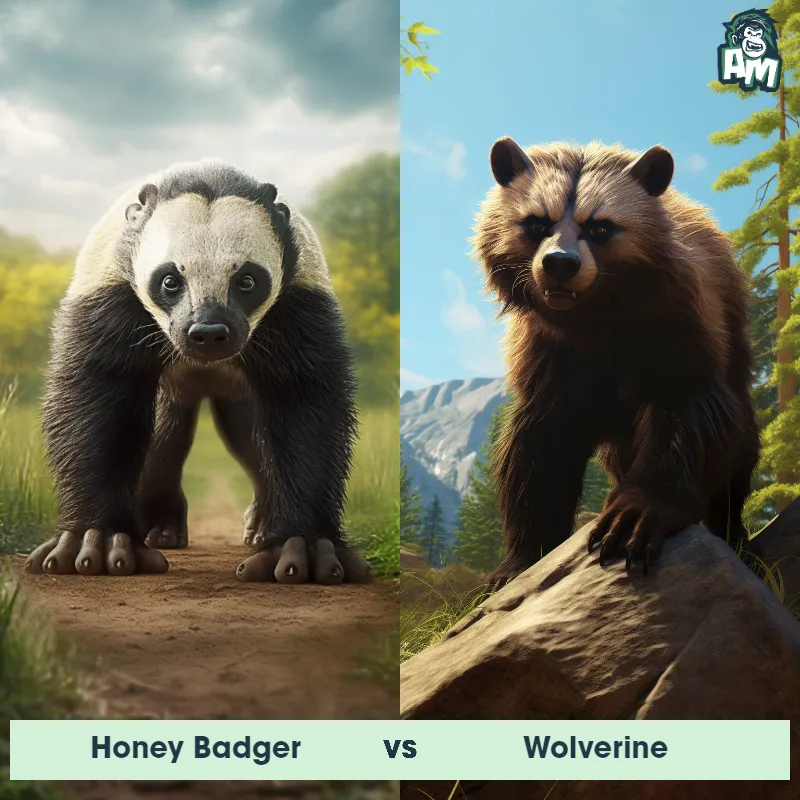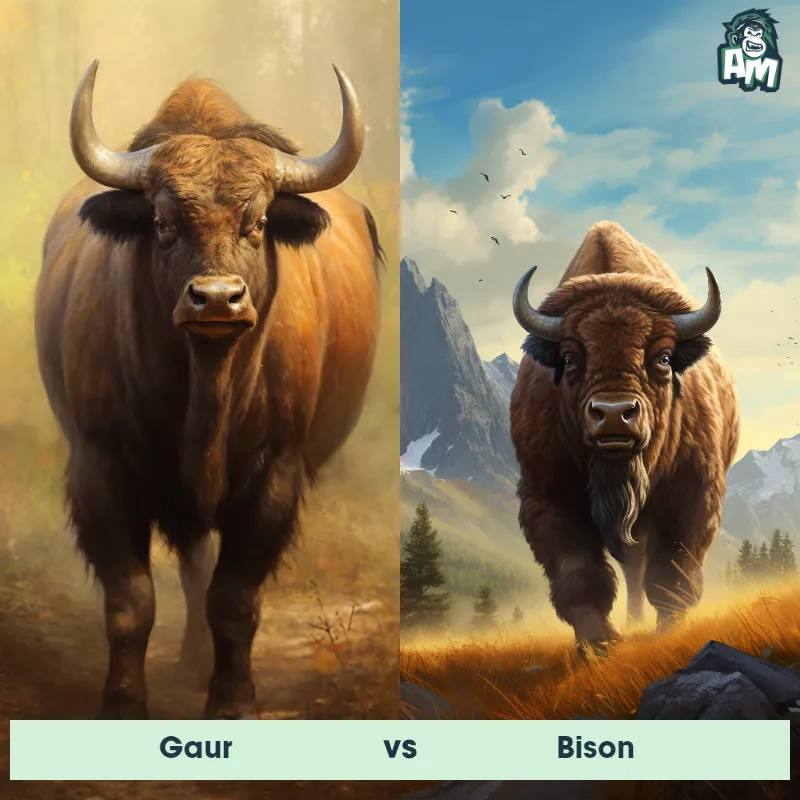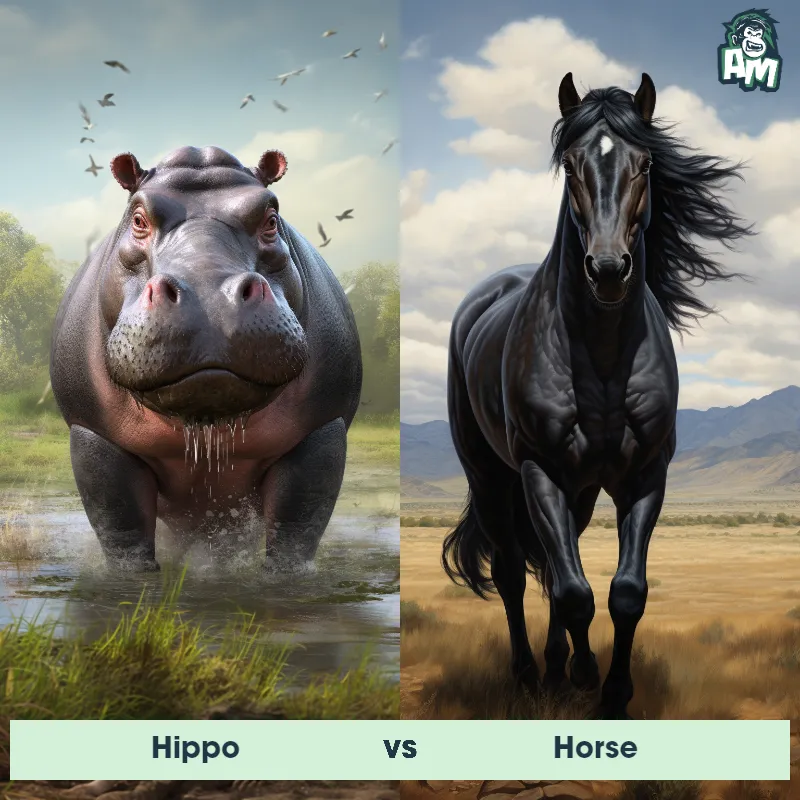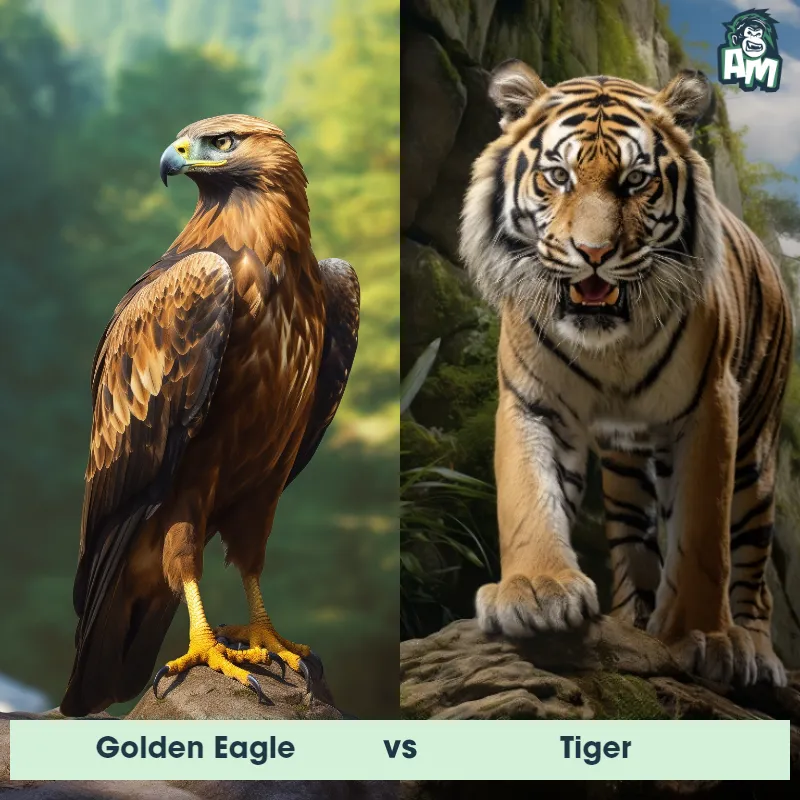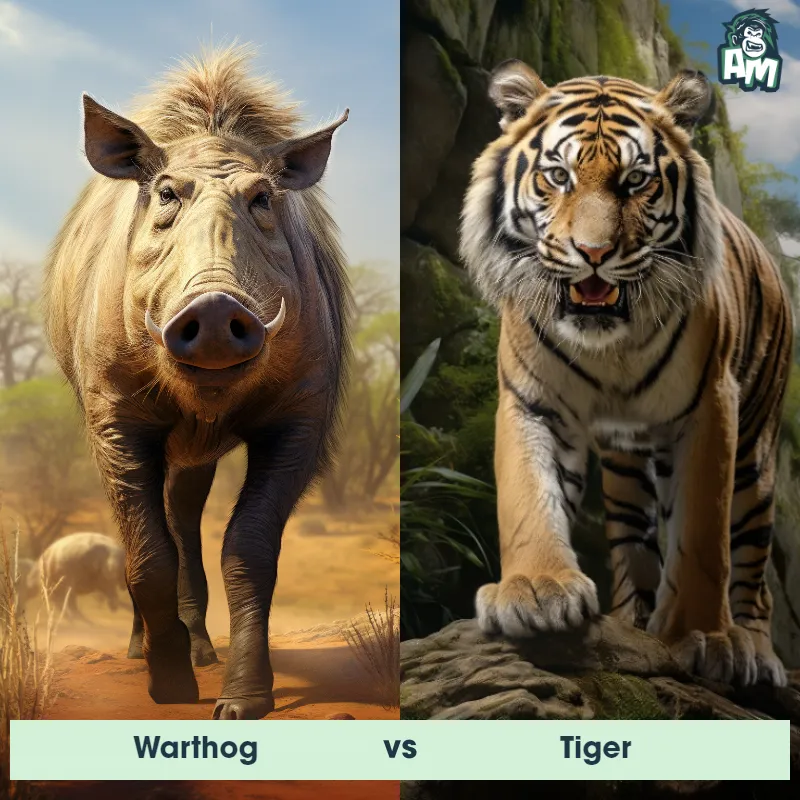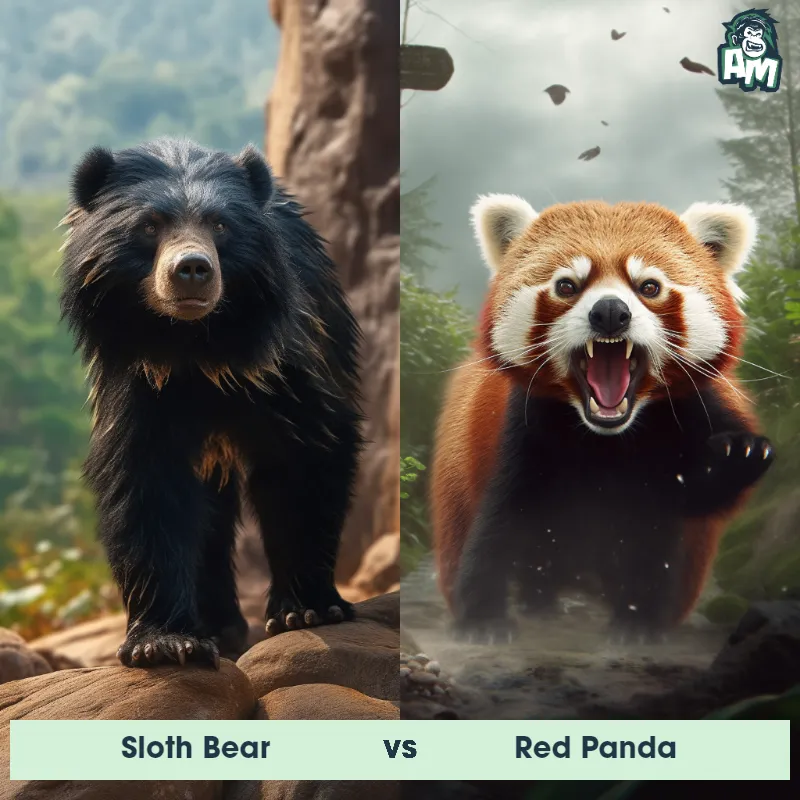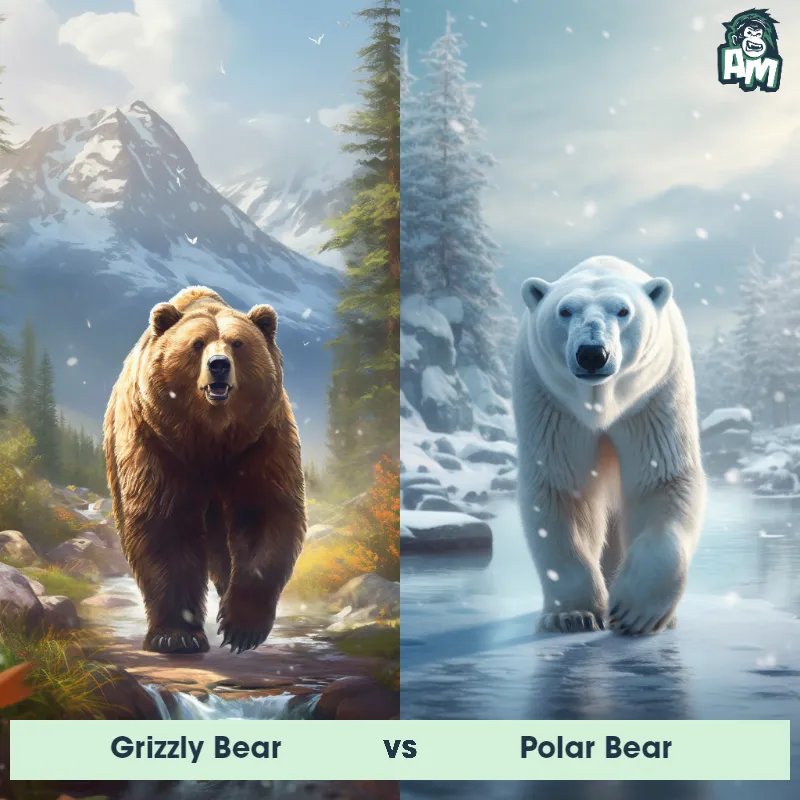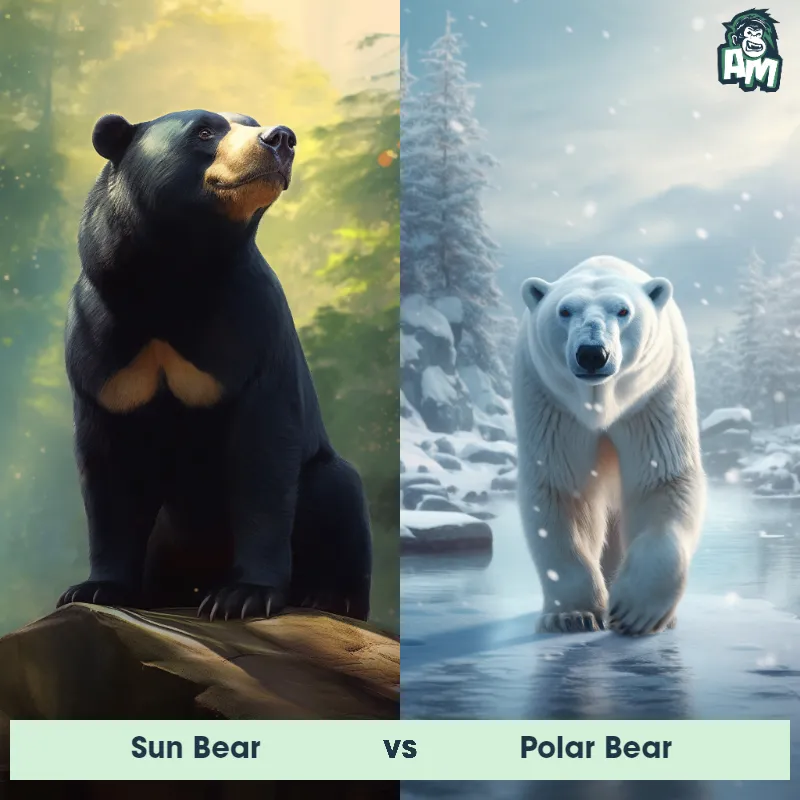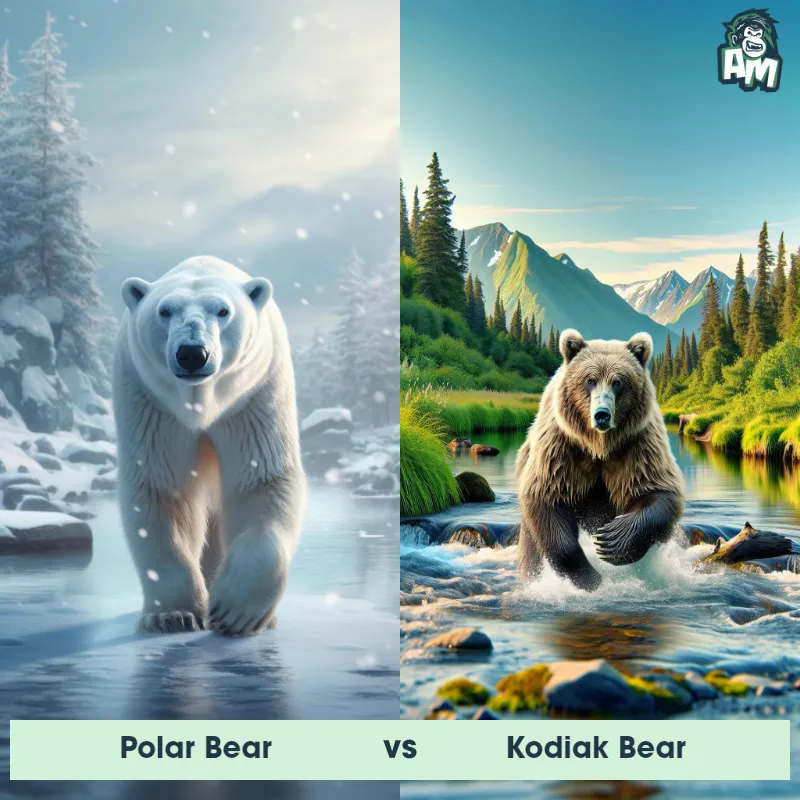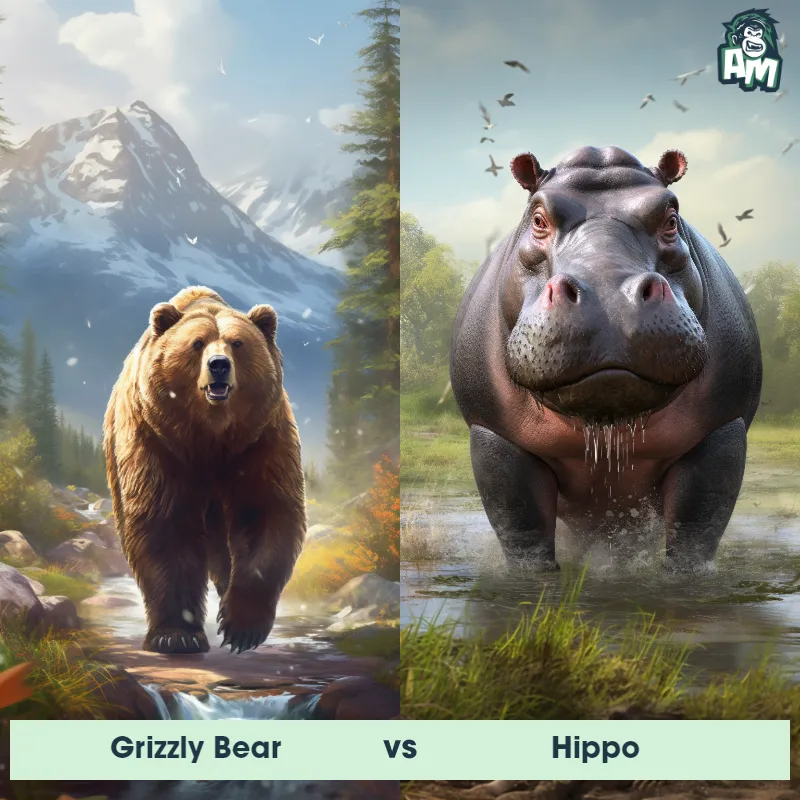Tiger vs Kodiak BearSee Who Wins

Ladies and gentlemen, welcome to this incredible match-up between two magnificent predators! In one corner, weighing in at an impressive 600 pounds, we have the mighty Kodiak Bear. And in the other corner, weighing in at a lean 500 pounds, we have the fierce and agile Tiger. Both animals are eager to prove their dominance tonight, so let's get ready for an epic showdown!
Contender 1: Tiger
The Tiger is a large and powerful big cat, known for its distinct orange coat patterned with black stripes, which are unique to each individual, much like a human fingerprint. Tigers have a muscular build, a heavy head with strong jaws, and a tail that is usually about half the length of their body. The largest species of the cat family, adult male tigers can reach up to 10 feet in length and weigh up to 660 pounds. Tigers are native to various parts of Asia and are adept swimmers, unlike most members of the cat family.
Fun Fact: Tigers are apex predators and primarily consume larger mammals for food, including deer and wild boar; a hungry tiger can eat as much as 60 pounds in one night.
Contender 2: Kodiak Bear
The Kodiak Bear, also known as the Alaskan Brown Bear, is a subspecies of brown bear native to the Kodiak Archipelago in southwestern Alaska. These colossal mammals are known for their massive size, with adult males weighing up to 1,500 pounds and standing at more than 10 feet tall when on their hind legs. Their fur is typically a dark brown color, providing excellent insulation in the cold Alaskan climate. Kodiak Bears are exceptionally strong swimmers and have a high tolerance for extreme weather conditions, making them formidable predators in their habitat.
Fun Fact: Did you know that Kodiak Bears have been observed sprinting at speeds of up to 30 miles per hour? Despite their enormous size, these mighty bears possess remarkable agility and can outrun most humans.
Matchup Stats
| Tiger | Kodiak Bear | |
|---|---|---|
| Size | Up to 10 feet in length (3.05 meters) | Up to 10 feet tall (3 meters) |
| Weight | Up to 660 pounds (300 kilograms) | Up to 1,500 pounds (680 kilograms) |
| Speed | 35-40mph (56-64km/h) | 34-35mph (55-56km/h) |
| Key Strength | Strong jaws and muscular build | Strong bite and powerful swipes |
| Biggest Weakness | Limited endurance for long chases | Slower movements compared to smaller predators |
Current Votes
Tiger vs Kodiak Bear
See Who Wins
View More Matches
Looking For More?
Similar Matches
Scientific Stats
| Tiger | Kodiak Bear | |
|---|---|---|
| Scientific Name | Panthera tigris | Ursus arctos middendorffi |
| Family | Felidae | Ursidae |
| Habitat | Forests, grasslands, and swamps | Forests, tundra, and rocky areas |
| Geography | Asia | Kodiak Archipelago, southwestern Alaska |
| Diet | Carnivorous, primarily deer and wild boar | Omnivorous - eats berries, nuts, vegetation, fish, and meat |
| Lifespan | 15 years - 26 years | 20 years - 25 years |
Key Differences between Tiger and Kodiak Bear
- Body shape: Tigers have a slim and elongated body with powerful muscles, built for agility and speed during hunting, whereas Kodiak bears have a stocky and heavily built body, suitable for their predominantly terrestrial lifestyle.
- Behavioral patterns: Tigers are solitary animals and are known for their stealthy and solitary hunting tactics, while Kodiak bears are generally social animals and can often be seen in small family groups or congregations during salmon spawning seasons.
- Coat color: Tigers possess a distinct orange-brown coat with vertical black stripes, providing effective camouflage in their natural habitats, whereas Kodiak bears have a fur color that varies from light blonde to dark brown.
- Habitat: Tigers primarily inhabit tropical and subtropical forests in Asia, ensuring ample cover for stalking prey, while Kodiak bears are found in the coastal regions of Alaska, specifically on the Kodiak Archipelago, where they have access to marine and terrestrial resources.
- Size: Tigers are generally smaller than Kodiak bears, with an average body length ranging from 6 to 10 feet, while Kodiak bears can reach up to 10 feet in height when standing on their hind legs.
- Head shape: Tigers have a rounded head with small round ears and a powerful set of jaws, ideal for hunting and tearing apart prey, while Kodiak bears have a large and elongated skull with prominent facial features such as a long snout and large ears.



